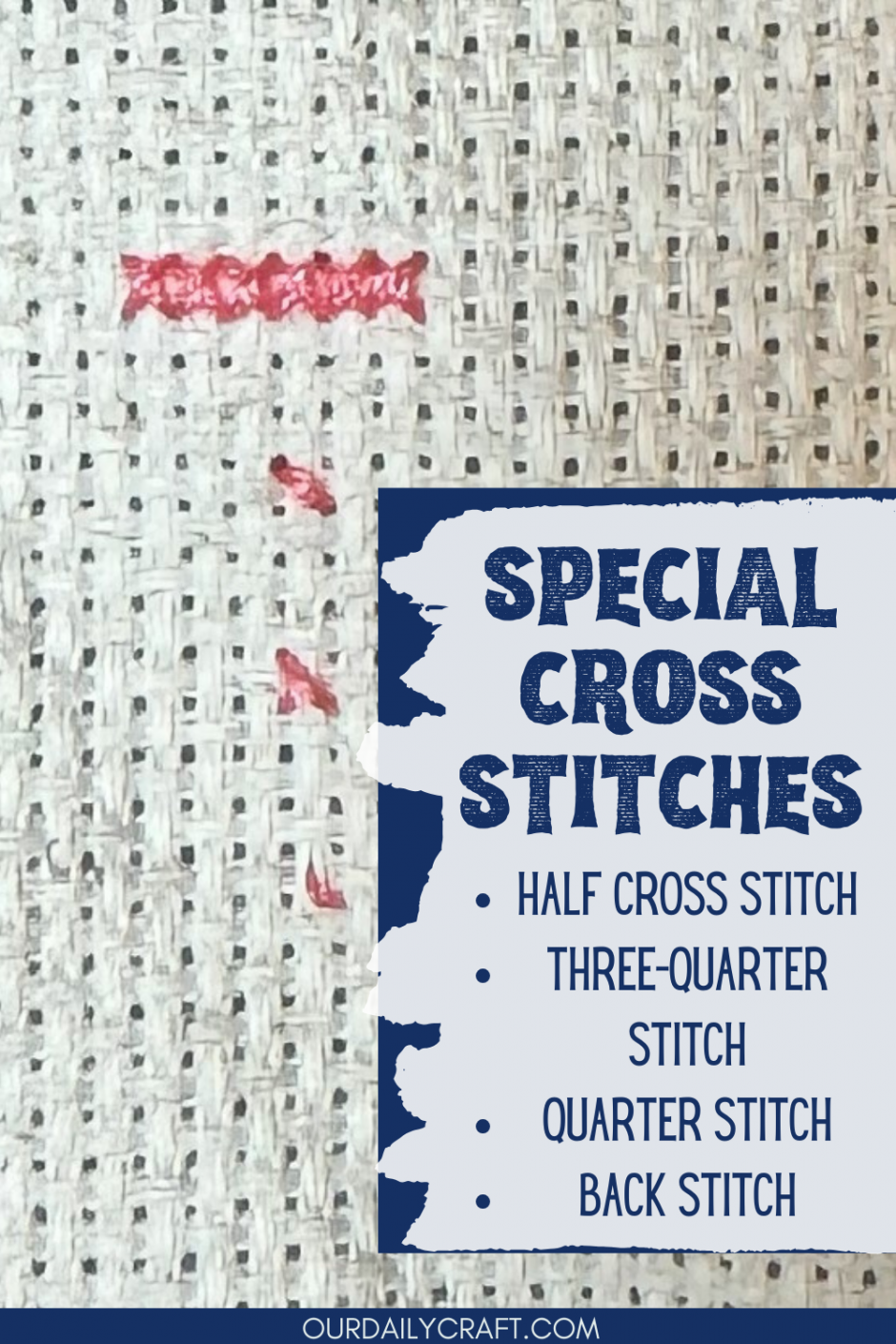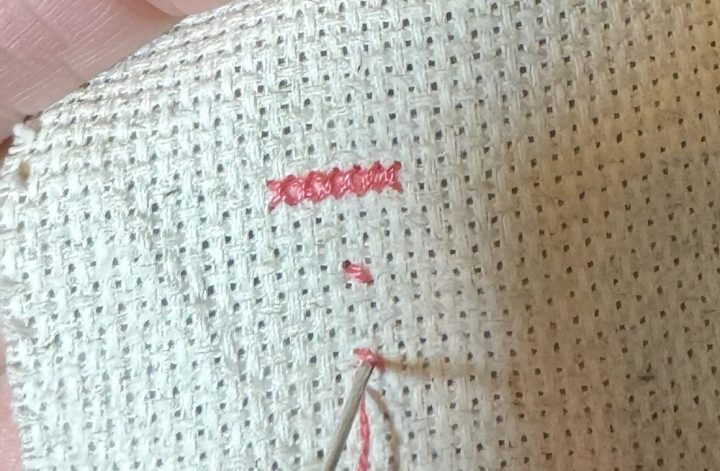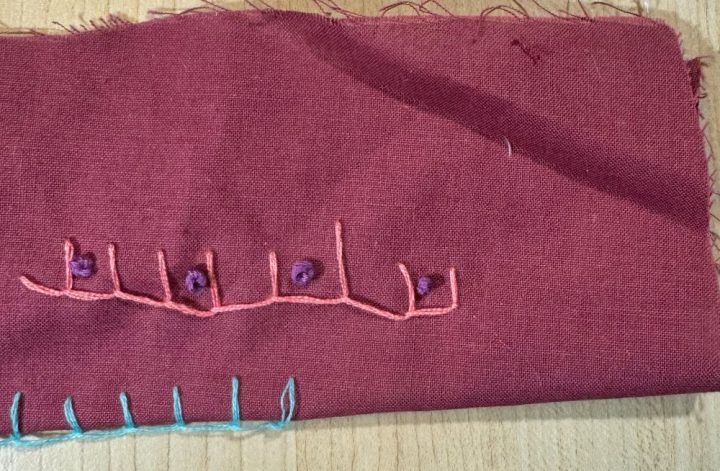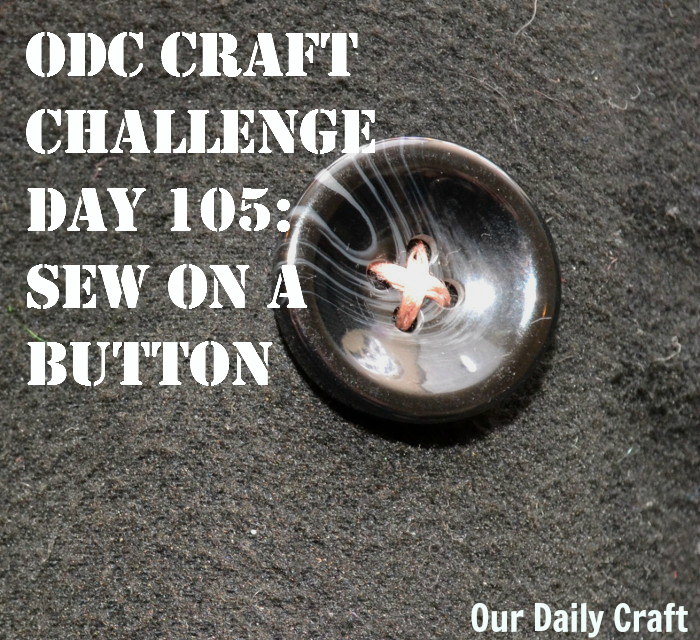Affiliate links may be included for your convenience. View our privacy and affiliates policy for details.
While most of the work you’ll do in cross stitch involves whole cross stitches, sometimes you’ll come across special cross stitches in projects. Here’s how to work partial stitches in cross stitch as well as using back stitch in your projects.
What Are Partial Stitches?
Partial stitches are special cross stitches that are not worked like a full cross stitch. We know the standard x that is a regular cross stitch; a partial stitch is asking you to only work a part of that stitch.
Instead of showing a fully filled-in box in the cross stitch pattern chart, these stitches will be shown as only taking up half or a smaller portion of the square for that stitch.
The chart key or stitching instructions may tell you what kind of stitch the designer wants you to work there, or it may be up to you to decide which variation looks best.
How to Make a Half Cross Stitch
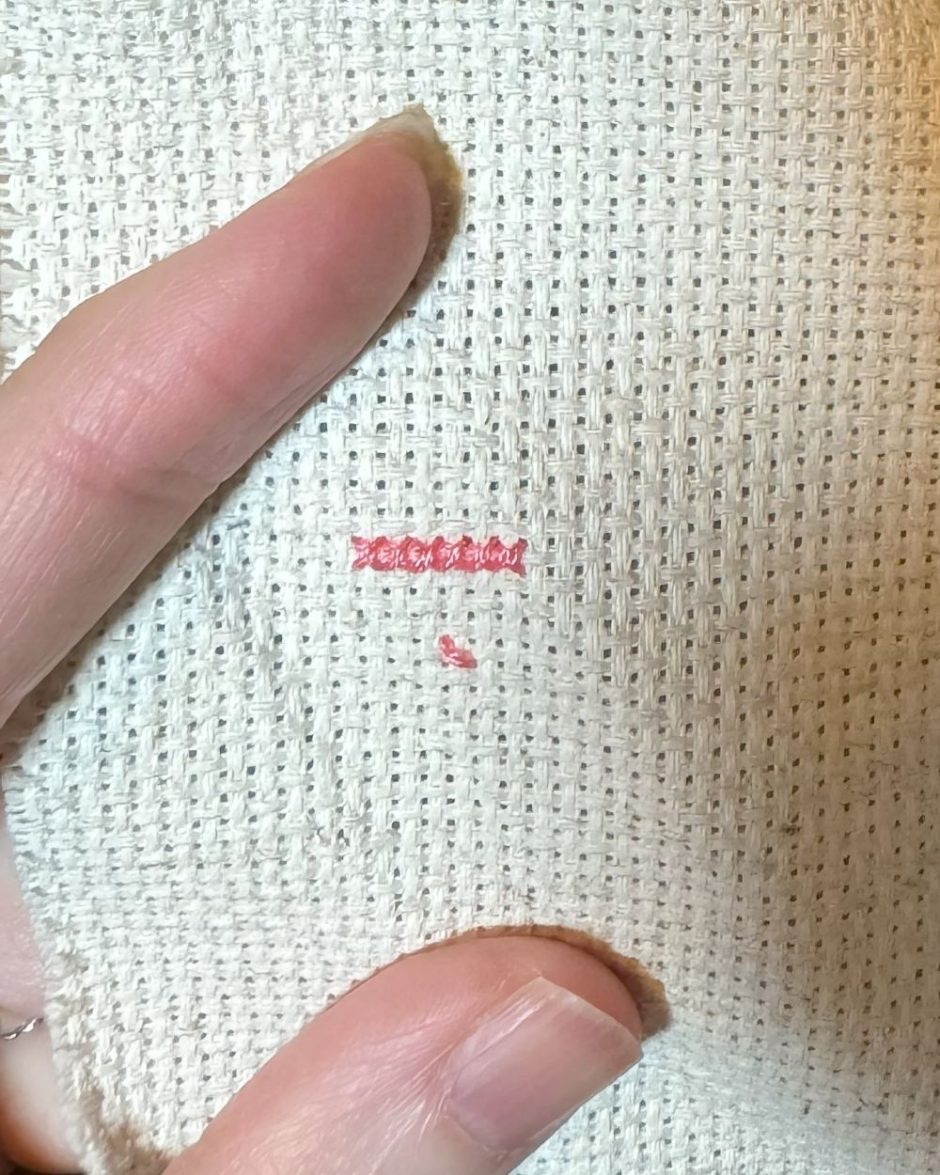
A half stitch is the easiest of the special cross stitches because it’s just half a full cross stitch.
Come up from the back of the fabric in the first hole and go back down in the hole opposite to make one leg of a stitch. That’s a half cross stitch.
In the photo above you see a row of full cross stitches and a half cross stitch below.
Stitching a Three-Quarter Stitch
A three-quarter stitch, then, is just what it sounds like, too.
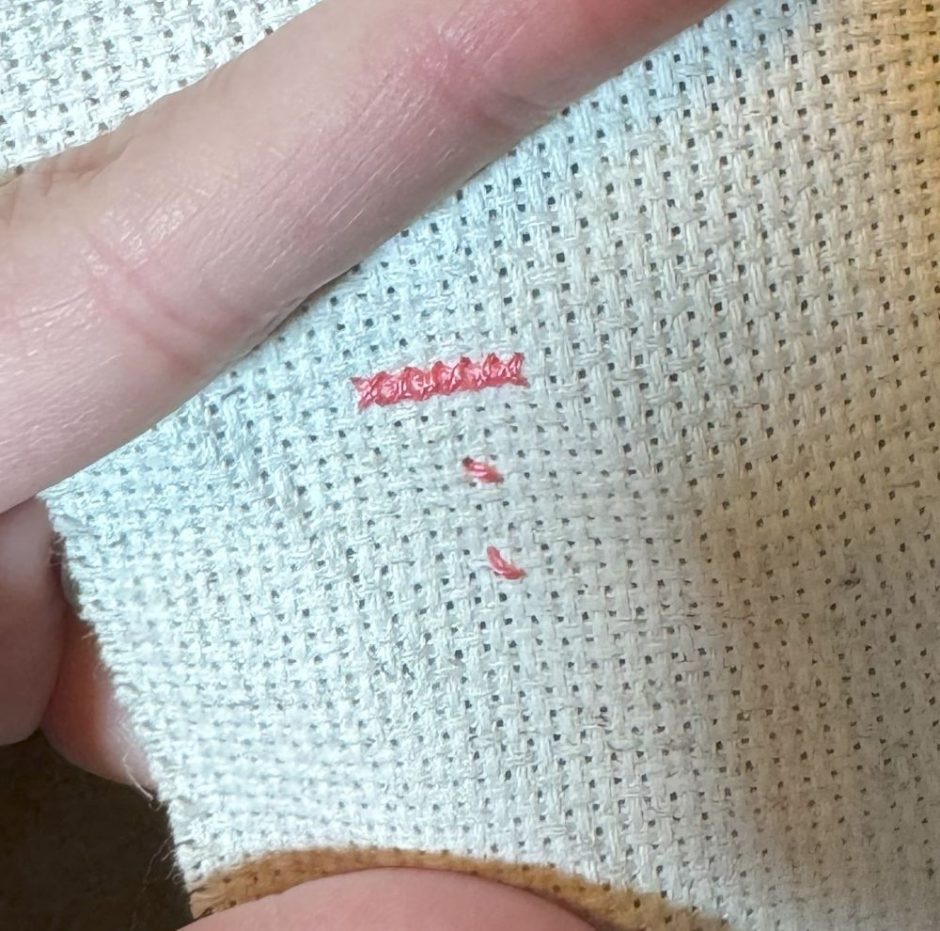
Start with a half stitch.
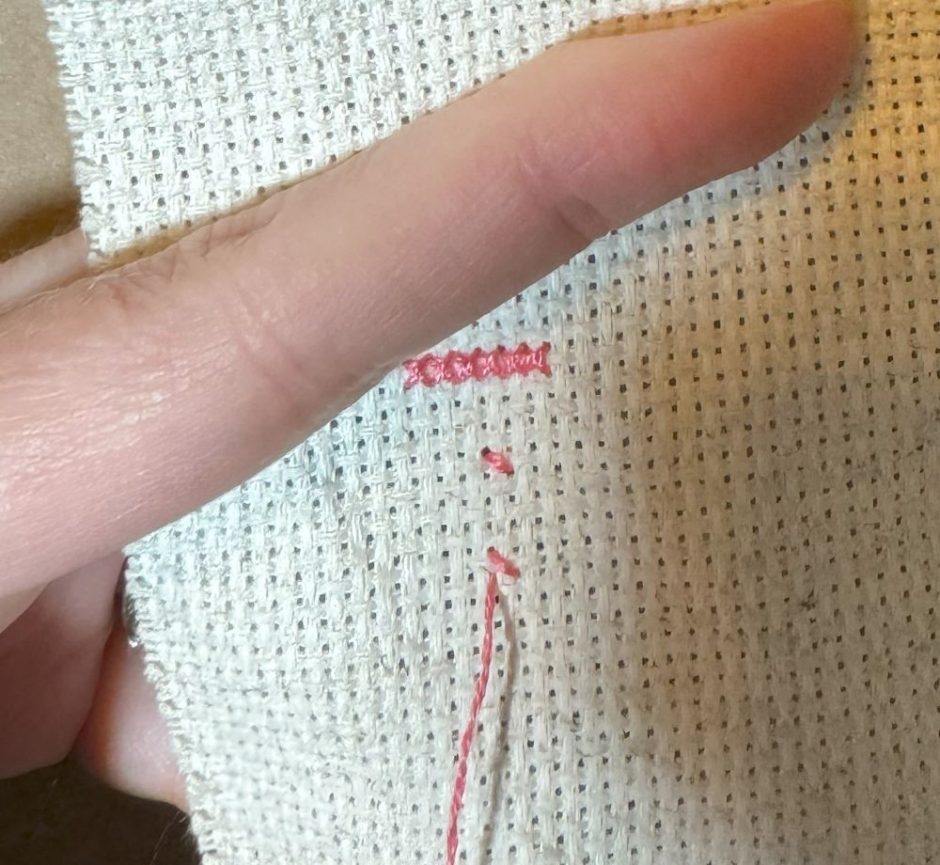
Go up in the corner as you normally would.
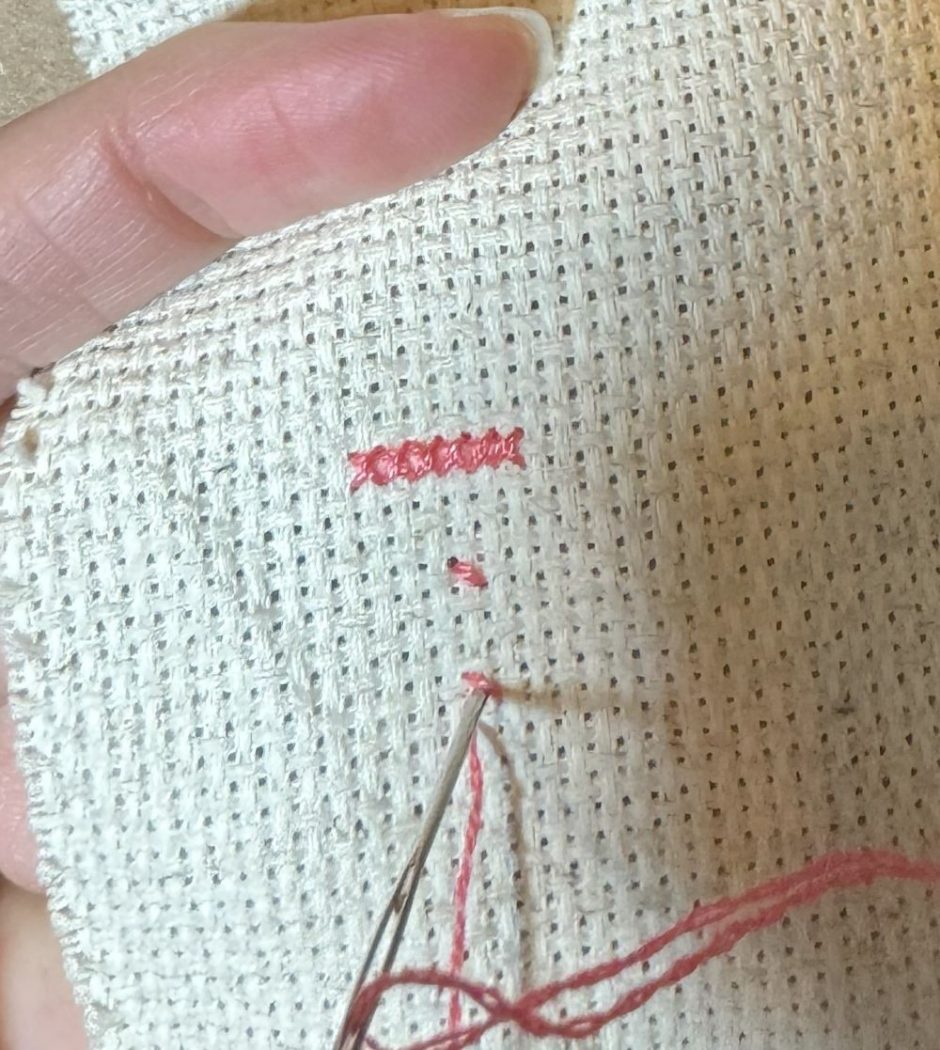
Then, instead of working a full cross on the second part of the stitch, come down in the middle of the square so your stitch touches the half stitch.
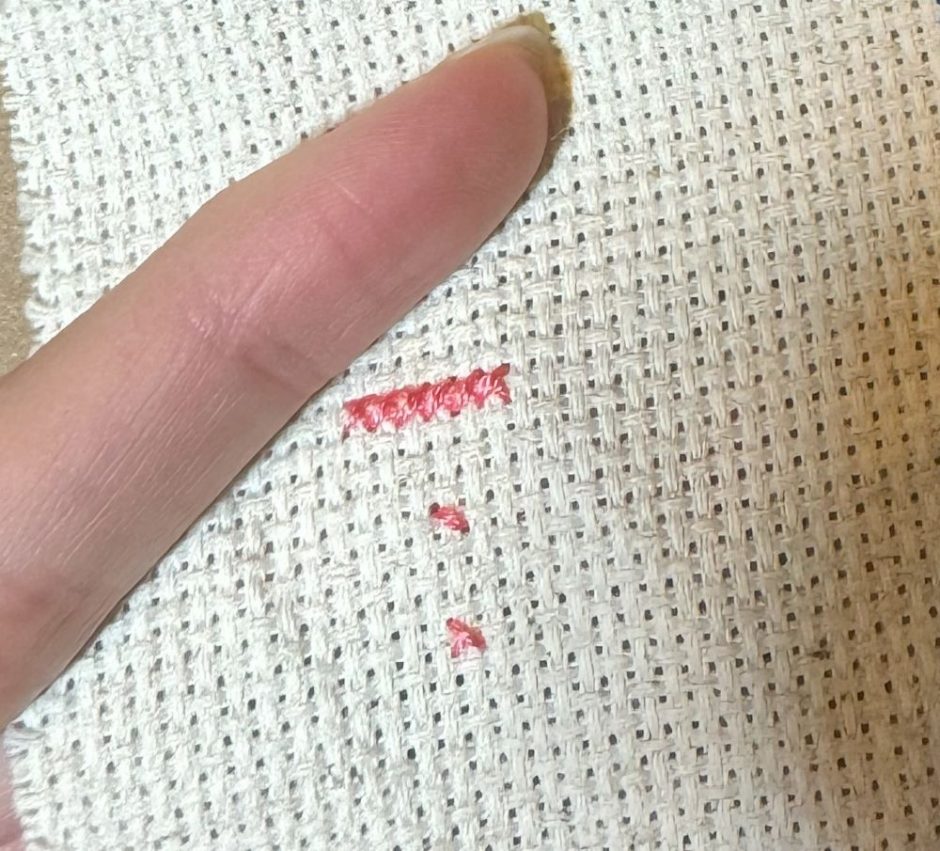
This is one of the rare times you have to make yourself a space to put your needle instead of going through a hole, but it’s still pretty easy to do.
Quarter Stitch in Cross Stitch
The last main variation in the special stitches category is a quarter stitch, and it’s just the little short stitch from the three-quarter stitch.
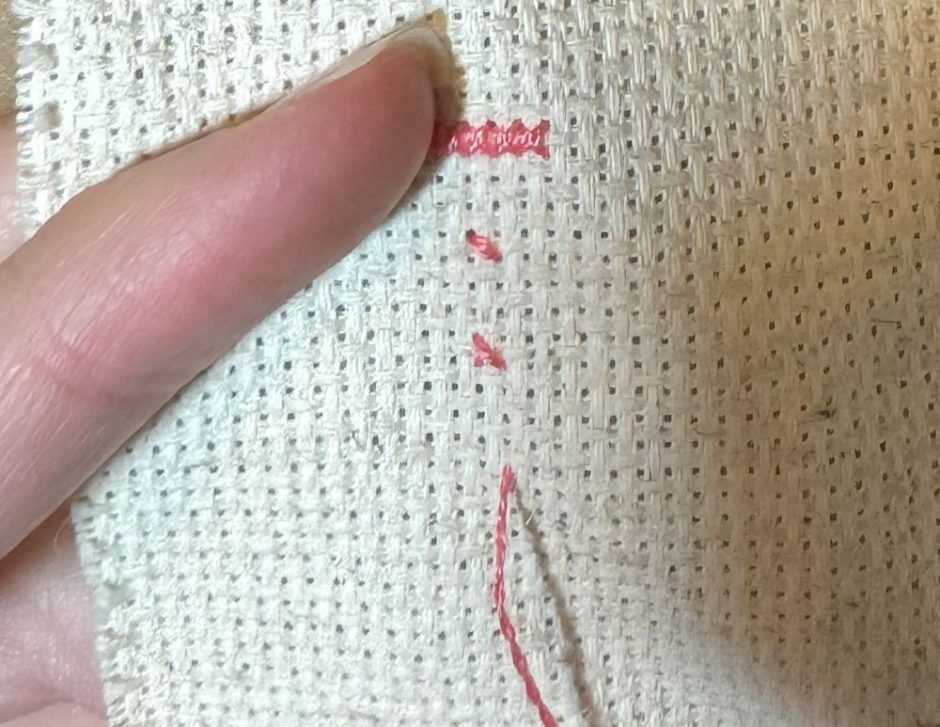
To make it, start by coming up through a corner hole.
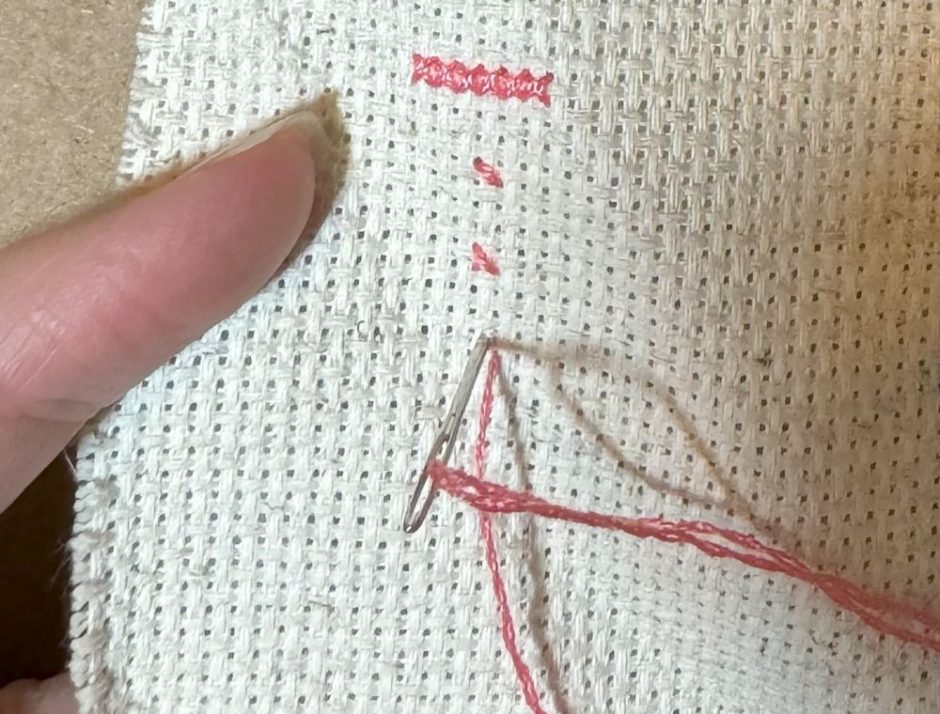
Then go down in the middle of the square. The only difference is here you don’t have the half stitch to guide you to the center of the square.
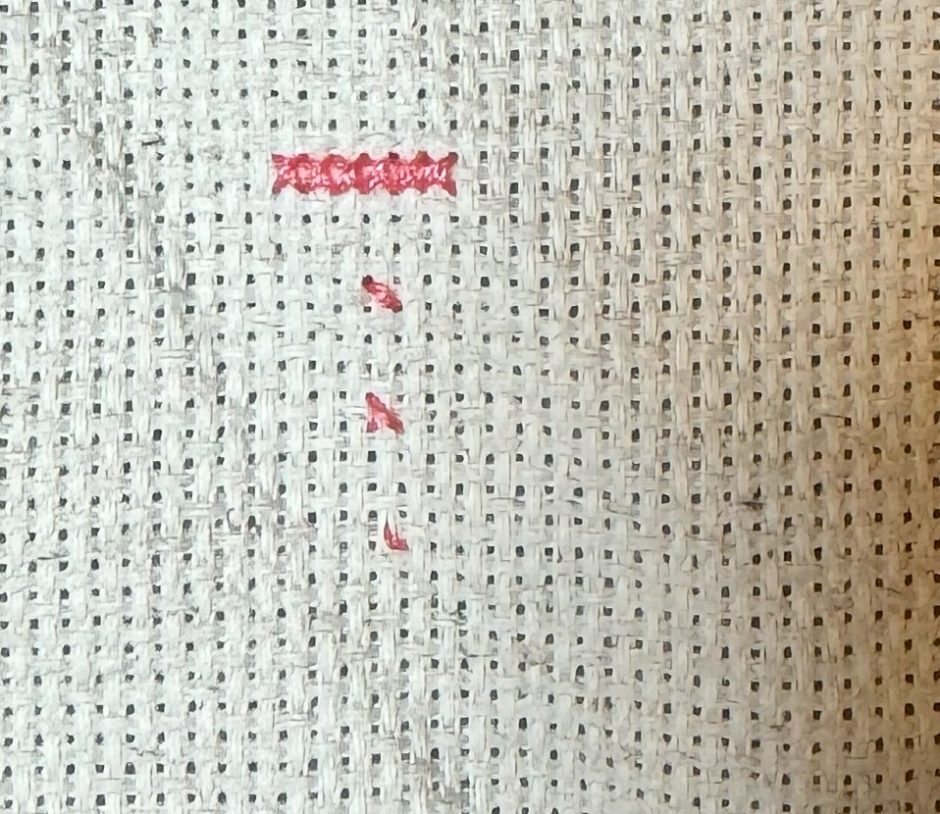
More Special Cross Stitches: the Back Stitch
One more common cross stitch technique you’ll regularly find in patterns is the back stitch.
You might know back stitch as an embroidery stitch, and making it in cross stitch is basically the same technique, you’re just making your stitches as wide as the space between the holes in your cross stitch fabric.
On a chart, backstitch looks like a solid line. It’s often used to outline shapes or add details, and can also be used for text.
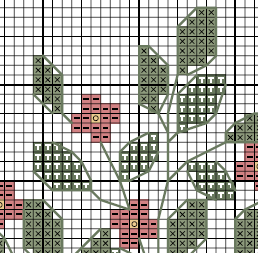
It can be worked right next to cross stitches you’ve already worked, or it can be separated slightly from the edge of the project. In this segment of a chart you can see some of the back stitching is a close outline of the project, some is removed from the edge like a half stitch, and some stands alone to make the leaf stems.
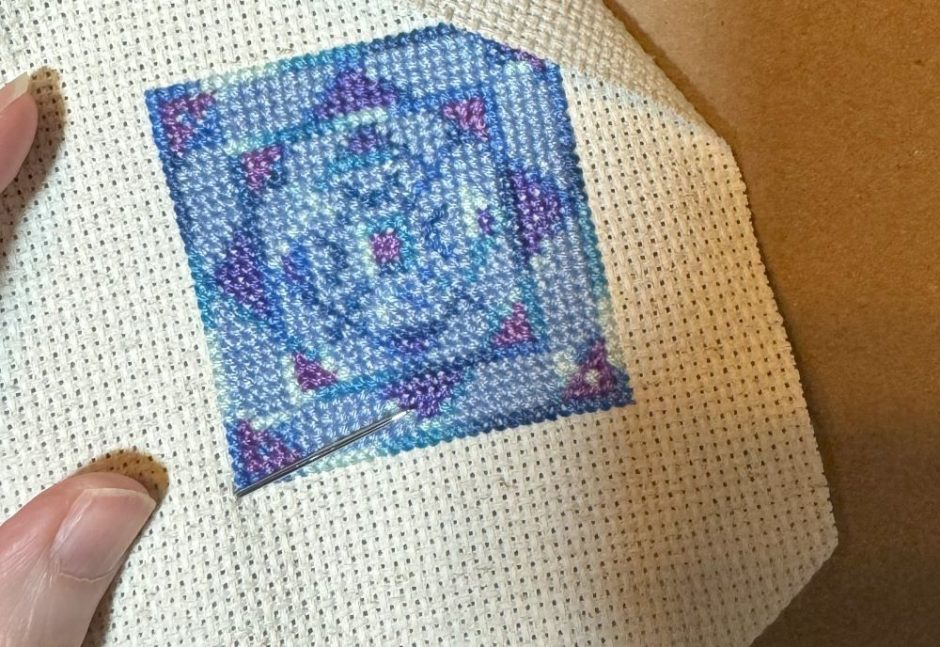
To start your back stitch, bring the needle up in the first stitch hole from back to front.
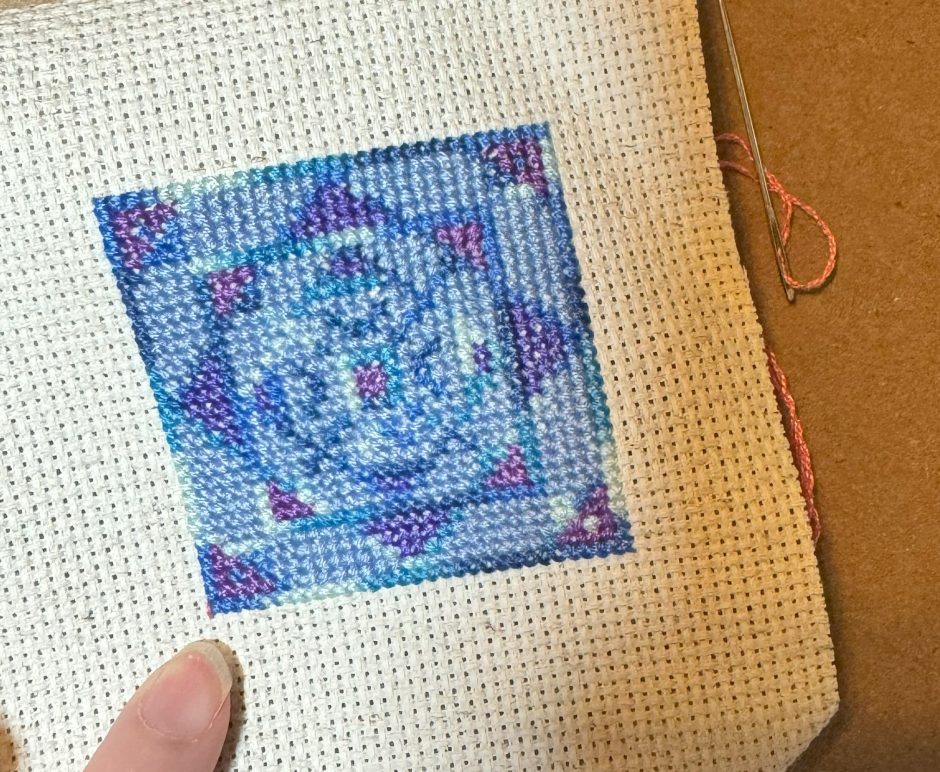
Go into the next hole from front to back.
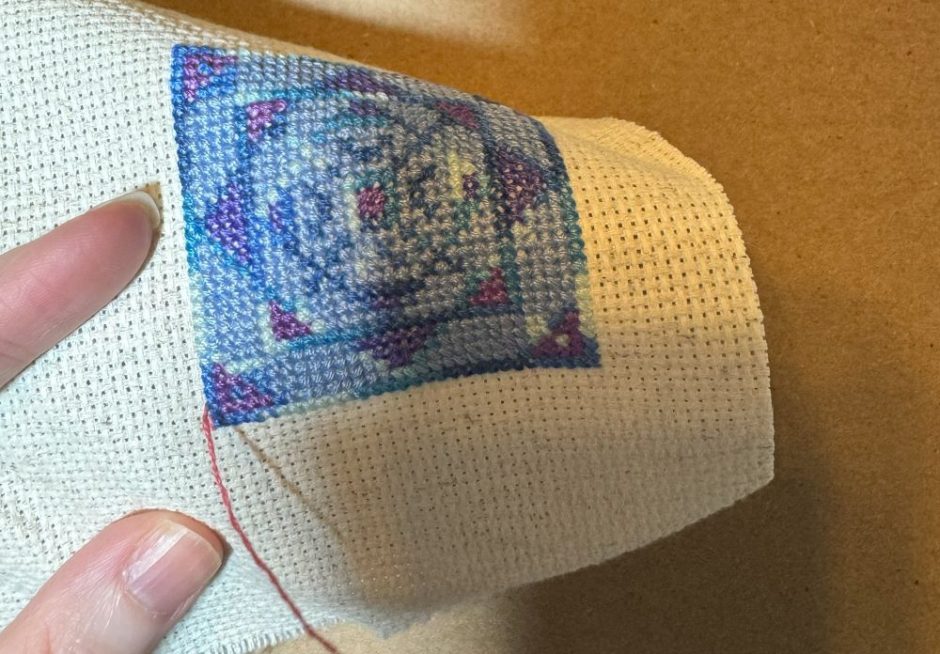
Take the needle through the next hole from back to front.
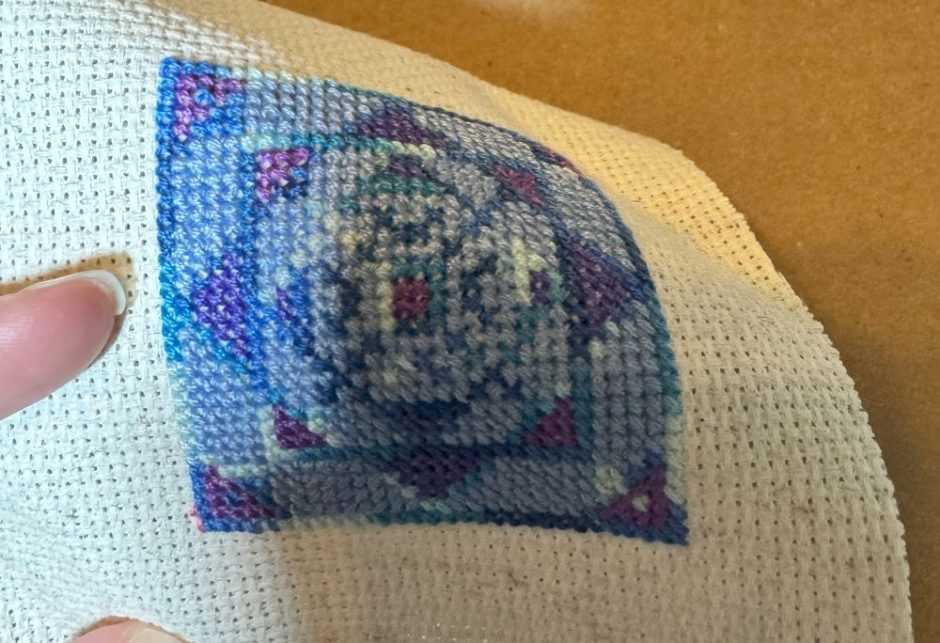
Then work into the previous hole again from front to back. This gives you a solid line of stitching.
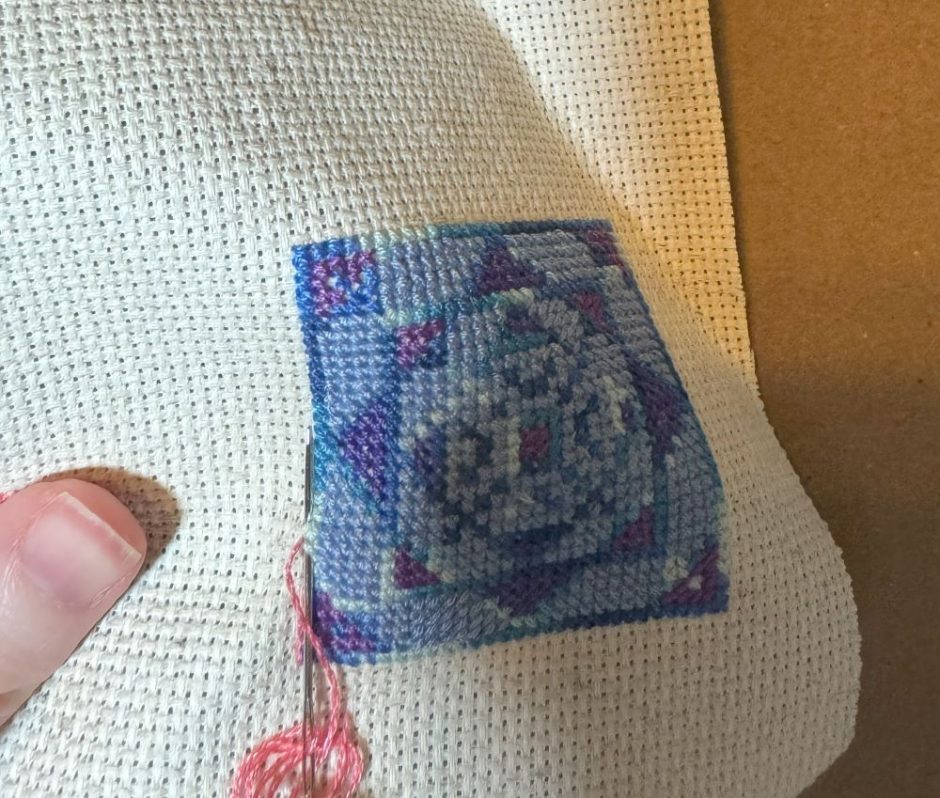
If you’re familiar with back stitch in embroidery, you can also speed up the process a bit by bringing the needle through two holes at a time.
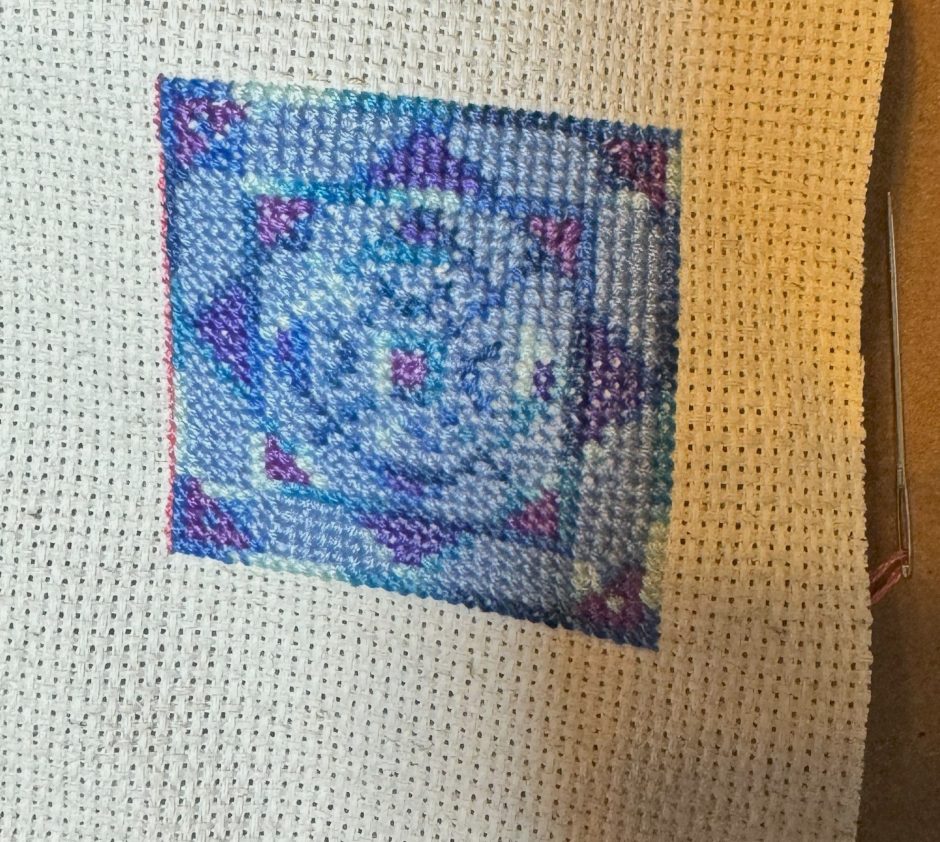
Sometimes people also use back stitch to add their own elements to a design, such as to sign a finished project with their initials. You can also add full words, names or other text as you like.
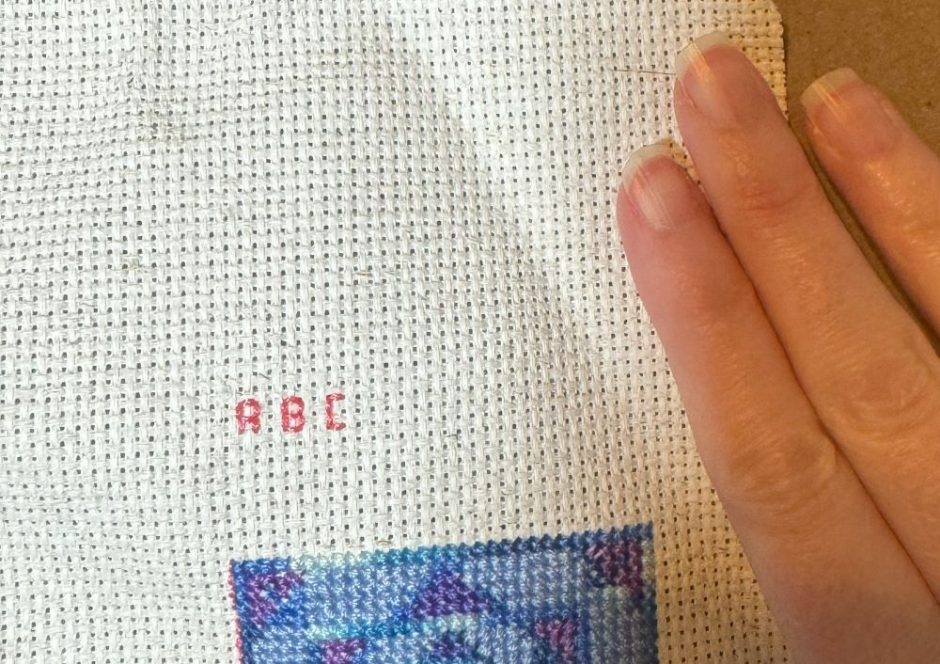
I free-handed these letters, but you can find all sorts of back stitch alphabets online. I like this basic one from Yarn Tree.
Understanding these special cross stitches and how to work them when you see them will give you a lot more confidence to take on bigger cross stitch projects!
